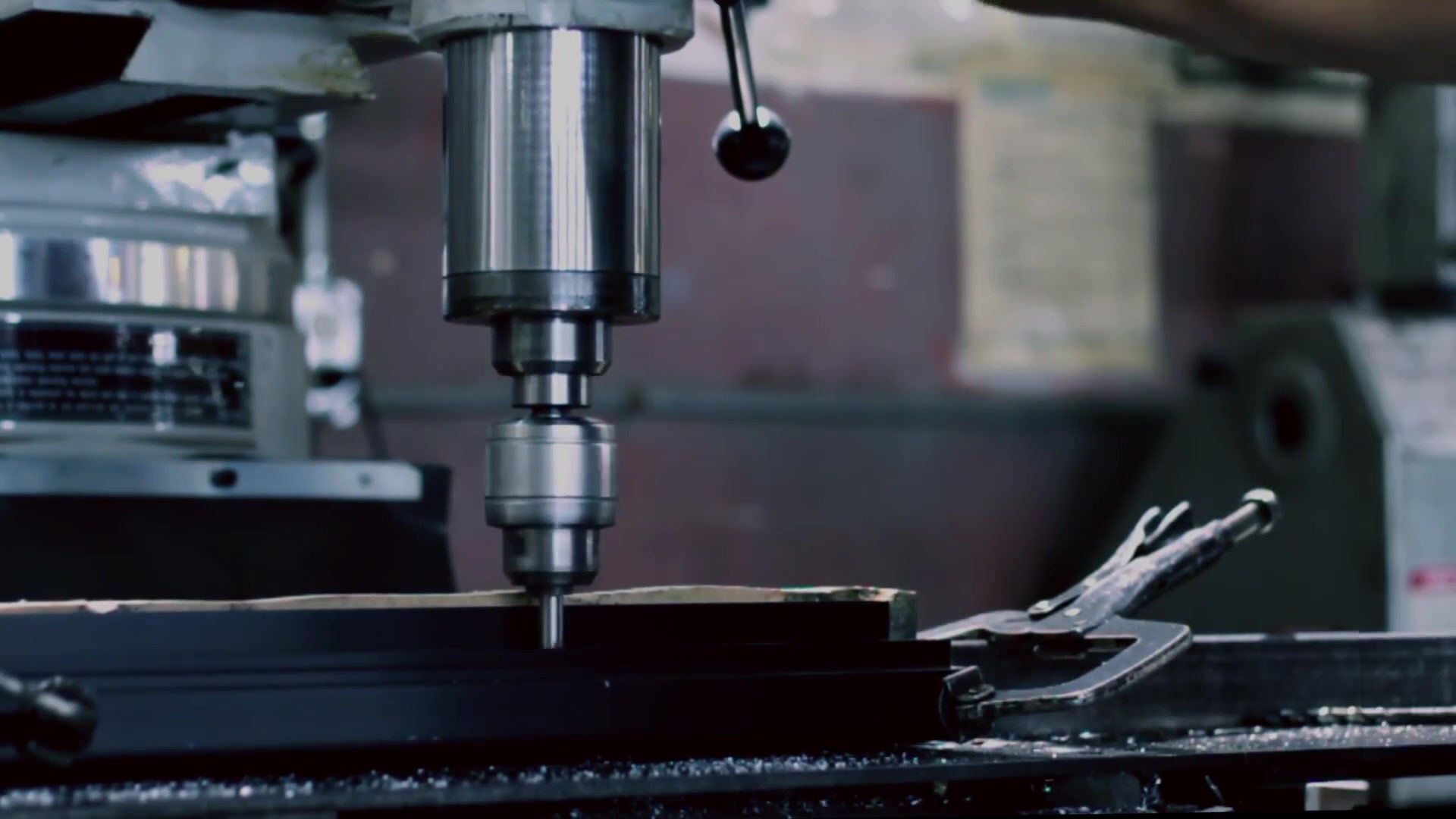


Global Custom Manufacturer, Integrator, Consolidator, Outsourcing Partner for a Wide Variety of Products & Services.
We are your one-stop source for manufacturing, fabrication, engineering, consolidation, integration, outsourcing of custom manufactured and off-shelf products & services. We also private label / white label your products with your brand name if you wish.
Choose your Language
-
Custom Manufacturing of Parts, Components, Assemblies, Finished Products, Machines and Industrial Equipment
-
Domestic & Global Contract Manufacturing
-
Manufacturing Outsourcing
-
Domestic, Global Procurement of Industrial Products
-
Private labeling / White Labeling your Products with your Brand Name
-
Product Finding & Locating Services
-
Global Design and Channel Partnership
-
Engineering Integration
-
Engineering Services
-
Global Consolidation, Warehousing, Logistics
We have already summarized our MICRO ASSEMBLY & PACKAGING services and products related specifically to microelectronics on our page Microelectronics Manufacturing / Semiconductor Fabrication.
Here we will concentrate on more generic and universal micro assembly & packaging techniques we use for all kinds of products including mechanical, optical, microelectronic, optoelectronic and hybrid systems consisting of a combination of these. The techniques we discuss here are more versatile and can be considered to be used in more unusual and nonstandard applications. In other words the micro assembly & packaging techniques discussed here are our tools that help us to think “out of the box”. Here are some of our extraordinary micro assembly & packaging methods:
- Manual micro assembly & packaging
- Automated micro assembly & packaging
- Self assembly methods such as fluidic self-assembly
- Stochastic micro assembly using vibration, gravitational or electrostatic forces or else.
- Use of micromechanical fasteners
- Adhesive micromechanical fastening
Let us explore some of our versatile extraordinary microassembly & packaging techniques in more detail.
MANUAL MICRO ASSEMBLY & PACKAGING: Manual operations can be cost prohibitive and require a level of precision that can be impractical for an operator due to the strain it causes in the eyes and dexterity limitations associated with assembling such miniature parts under a microscope. However, for low volume special applications manual micro assembly may be the best option because it does not necessarily require the design and construction of automated micro assembly systems.
AUTOMATED MICRO ASSEMBLY & PACKAGING: Our micro assembly systems are designed to make assembly easier and more cost effective, enabling the development of new applications for micro machine technologies. We can micro-assemble devices and components in the microns level dimensions using robotic systems. Here are some of our automated micro assembly & packaging equipment and capabilities:
• Top notch motion control equipment including a robotic workcell with nanometric position resolution
• Fully automated CAD-driven workcells for micro assembly
• Fourier optics methods to generate synthetic microscope images from CAD drawings to test image processing routines under varying magnifications and depths of field (DOF)
• Custom designing and production capability of micro tweezers, manipulators and actuators for precision micro assembly and packaging
• Laser interferometers
• Strain gages for force feedback
• Real-time computer vision to control servo mechanisms and motors for the micro-alignment and micro-assembly of parts with sub-micron tolerances
• Scanning Electron Microscopes (SEM) and Transmission Electron Microscopes (TEM)
• 12 degrees of freedom nano manipulator
Our automated micro assembly process can place multiple gears or other components on multiple posts or locations in a single step. Our micromanipulation capabilities are enormous. We are here to help you with non-standard extraordinary ideas.
MICRO & NANO SELF ASSEMBLY METHODS: In self-assembly processes a disordered system of pre-existing components forms an organized structure or pattern as a consequence of specific, local interactions among the components, without external direction. The self-assembling components experience only local interactions and typically obey a simple set of rules that govern how they combine. Even though this phenomenon is scale-independent and can be utilized for self-constructing and manufacturing systems at nearly every scale, our focus is on micro self assembly and nano self assembly. For building microscopic devices, one of the most promising ideas is to exploit the process of self-assembly. Complex structures can be created by combining building blocks under natural circumstances. To give an example, a method is established for micro assembly of multiple batches of micro components onto a single substrate. The substrate is prepared with hydrophobic coated gold binding sites. To perform micro assembly, a hydrocarbon oil is applied to the substrate and wets exclusively the hydrophobic binding sites in water. Micro components are then added to the water, and assembled on the oil-wetted binding sites. Even more, micro assembly can be controlled to take place on desired binding sites by using an electrochemical method to deactivate specific substrate binding sites. By repeatedly applying this technique, different batches of micro components can be sequentially assembled to a single substrate. After the micro assembly procedure, electroplating takes place to establish electrical connections for micro assembled components.
STOCHASTIC MICRO ASSEMBLY: In parallel micro assembly, where parts are assembled simultaneously, there is deterministic and stochastic micro assembly. In the deterministic micro assembly, the relationship between the part and its destination on the substrate is known in advance. In the stochastic micro assembly on the other hand, this relationship is unknown or random. Parts do self-assemble in stochastic processes driven by some motive force. In order for the micro self-assembly to take place, there need to be bonding forces, the bonding needs to occur selectively, and micro assembling parts need to be able to move so they can get together. Stochastic micro assembly is many times accompanied by vibrations, electrostatic, microfluidic or other forces that act on the components. Stochastic micro assembly is especially useful when the building blocks are smaller, because the handling of the individual components becomes more of a challenge. Stochastic self-assembly can be observed in nature as well.
MICROMECHANICAL FASTENERS: At the micro scale, conventional types of fasteners like screws and hinges will not easily work due to present fabrication constraints and large friction forces. Micro snap fasteners on the other hand work more easily in micro assembly applications. Micro snap fasteners are deformable devices consisting of pairs of mating surfaces that snap together during micro assembly. Because of the simple and linear assembly motion, snap fasteners have a wide range of applications in micro assembly operations, such as devices with multiple or layered components, or micro opto-mechanical plugs, sensors with memory. Other micro assembly fasteners are “key-lock” joints and “inter-lock” joints. Key-lock joints consist of the insertion of a “key” on one micro-part, into a mating slot on another micro-part. Locking into position is achieved by translating the first micro-part within the other. Inter-lock joints are created by the perpendicular insertion of one micro-part with a slit, into another micro-part with a slit. The slits create an interference fit and are permanent once the micro-parts are joined.
ADHESIVE MICROMECHANICAL FASTENING: Adhesive mechanical fastening is used to construct 3D micro devices. The fastening process includes self-alignment mechanisms and adhesive bonding. Self-alignment mechanisms are deployed in adhesive micro assembly to increase the positioning accuracy. A micro probe bonded to a robotic micromanipulator picks up and accurately deposits adhesive to target locations. Curing light hardens the adhesive. The cured adhesive keeps the micro assembled parts into their positions and provides strong mechanical joints. Using conductive adhesive, a reliable electrical connection can be obtained. The adhesive mechanical fastening only requires simple operations, and can result in reliable connections and high positioning accuracies, which are important in automatic microassembly. To demonstrate the feasibility of this method, many three-dimensional MEMS devices have been micro assembled, including a 3D rotary optical switch.



















